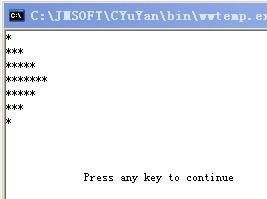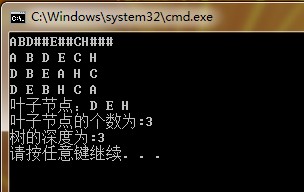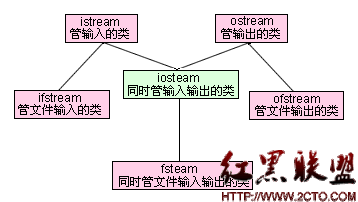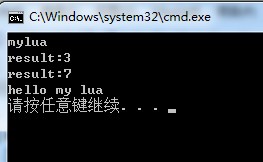寻找两个相交链表的第一个公共节点
// 寻找两个链表的第一个公共节点.cpp : Defines the entry point for the console application.
//
/*
1.最简单的方法就是先顺序访问其中一个链表,在每访问一个节点时,都对另外一个链表进行遍历,看节点是否相等
直到找到一个相等的节点位置,如果链表长度分别是m,n 则时间复杂度为O(mn)
2.我们可以知道如果两个链表有公共节点,那么该公共节点之后的所有节点都是两个链表所共有的,所以长度一定也是
相等的,如果两个链表的总长度是相等的,那么我们对两个链表进行遍历,则一定同时到达第一个公共节点。但是链表
的长度实际上不一定相同,所以我们只需要计算出两个链表的长度之差n,然后让长的那个链表先移动n步,短的链表再
开始向后遍历,这样他们一定同时到达第一个公共节点,我们只需要在向后移动的时候比较两个链表的节点是否相等就
可以获得第一个公共节点。时间复杂度是O(m+n)
*/
#include "stdafx.h"
struct ListNode
{
int m_data;
ListNode *m_pNext;
};
unsigned int ListLength(ListNode* pHead)
{
unsigned int nLength = 0;
ListNode* pNode = pHead;
while(pNode != NULL)
{
++ nLength;
pNode = pNode->m_pNext;
}
return nLength;
}
ListNode* FindFirstCommonNode( ListNode *pHead1, ListNode *pHead2)
{
// Get the length of two lists
unsigned int nLength1 = ListLength(pHead1);
unsigned int nLength2 = ListLength(pHead2);
int nLengthDif = nLength1 - nLength2;
// Get the longer list
ListNode *pListHeadLong = pHead1;
ListNode *pListHeadShort = pHead2;
if(nLength2 > nLength1)
{
pListHeadLong = pHead2;
pListHeadShort = pHead1;
nLengthDif = nLength2 - nLength1;
}
// Move on the longer list
for(int i = 0; i < nLengthDif; ++ i)
pListHeadLong = pListHeadLong->m_pNext;
// Move on both lists
while((pListHeadLong != NULL) &&
(pListHeadShort != NULL) &&
(pListHeadLong != pListHeadShort))
{
pListHeadLong = pListHeadLong->m_pNext;
pListHeadShort = pListHeadShort->m_pNext;
}
// Get the first common node in two lists
ListNode *pFisrtCommonNode = NULL;
if(pListHeadLong == pListHeadShort)
pFisrtCommonNode = pListHeadLong;
return pFisrtCommonNode;
}
补充:软件开发 , C++ ,





